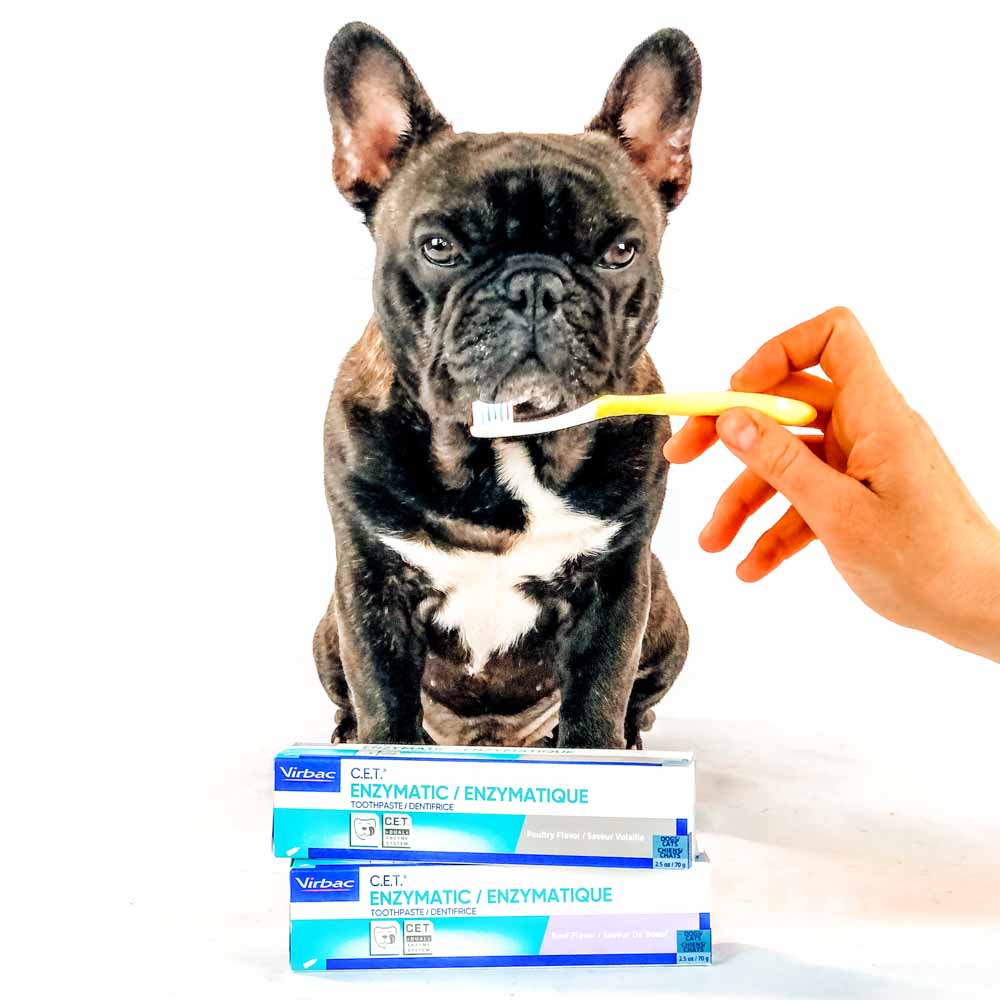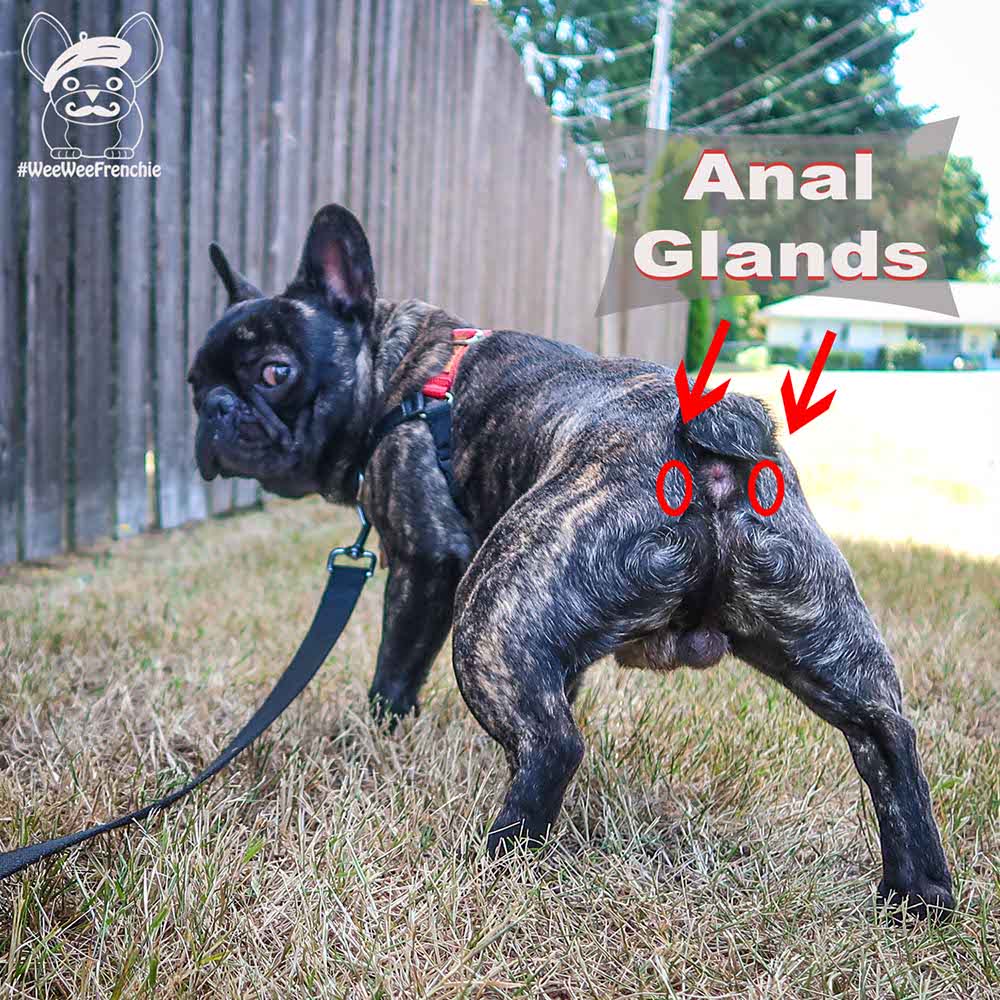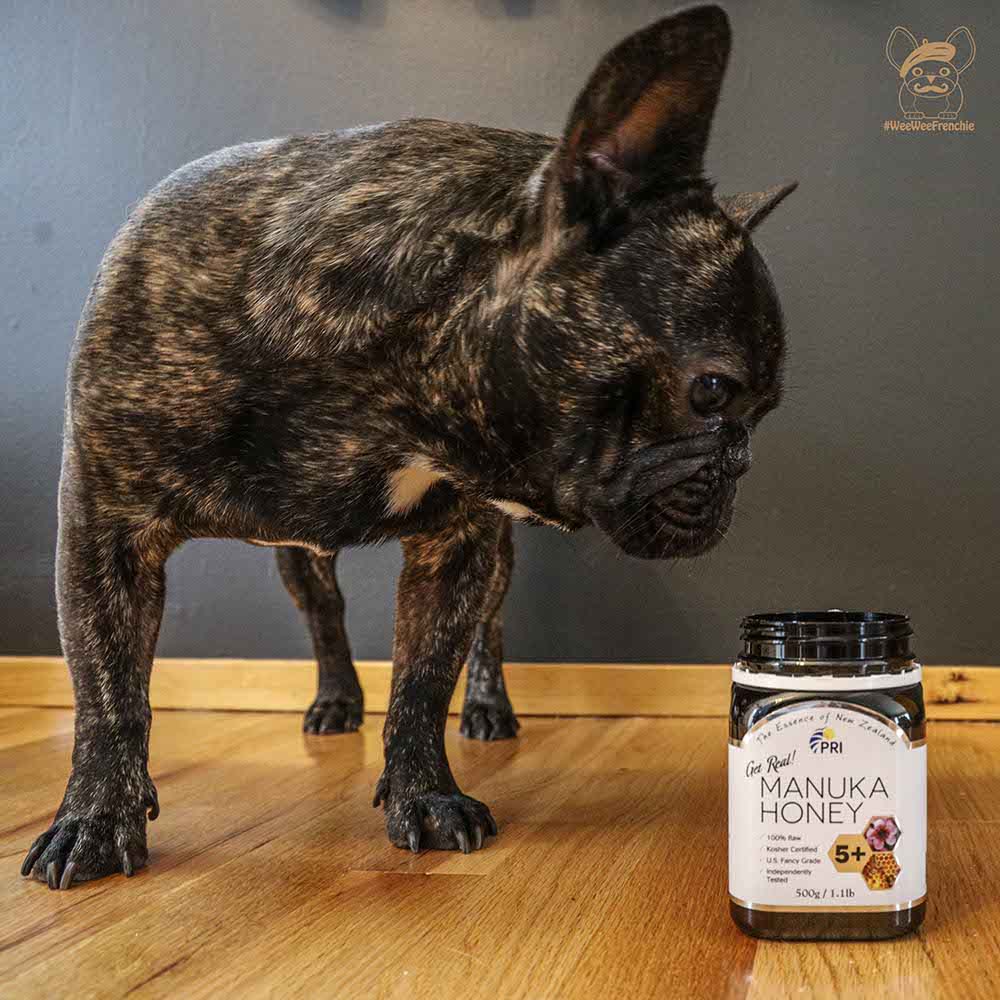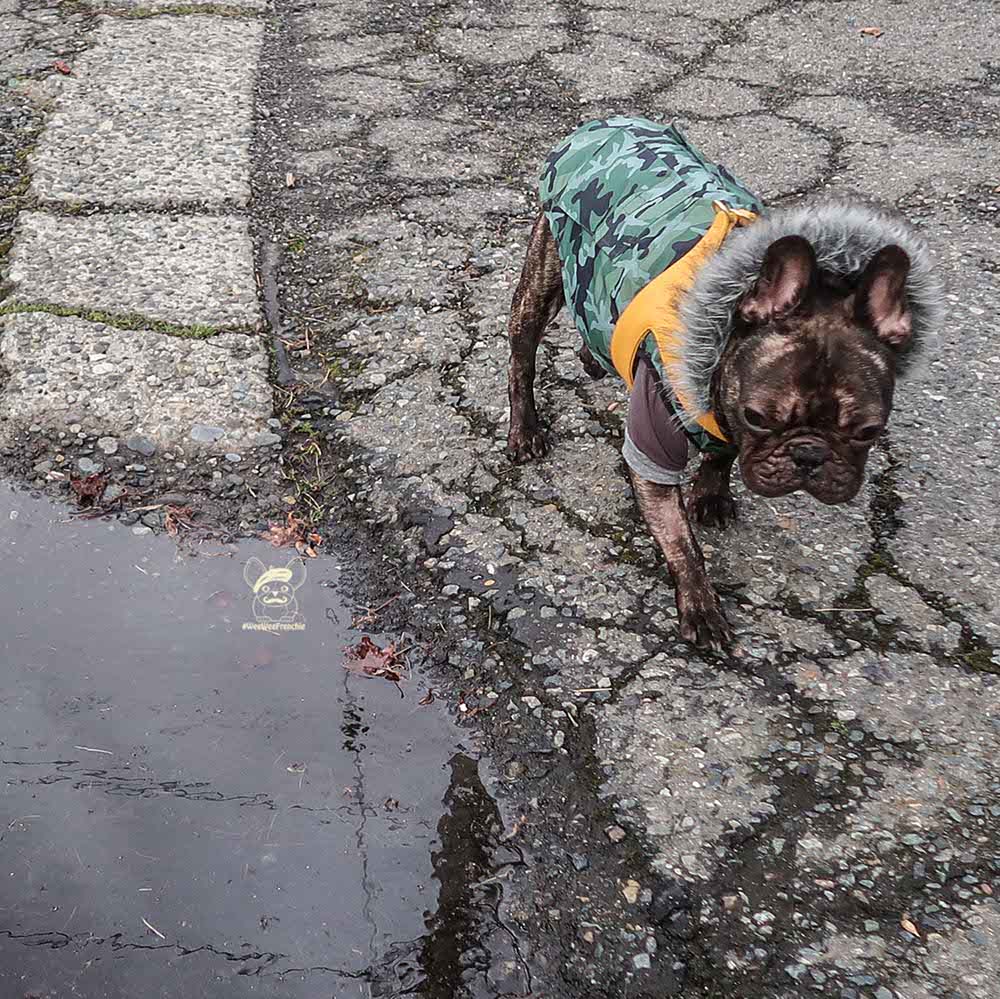What You Need To Know About Essential Oils For Dogs
Essential oils can be a convenient tool in your home remedy dog kit. But not all essential oils are created equal. Poor quality and bad manufacturing practices can produce bad oil that can be toxic to your dog.
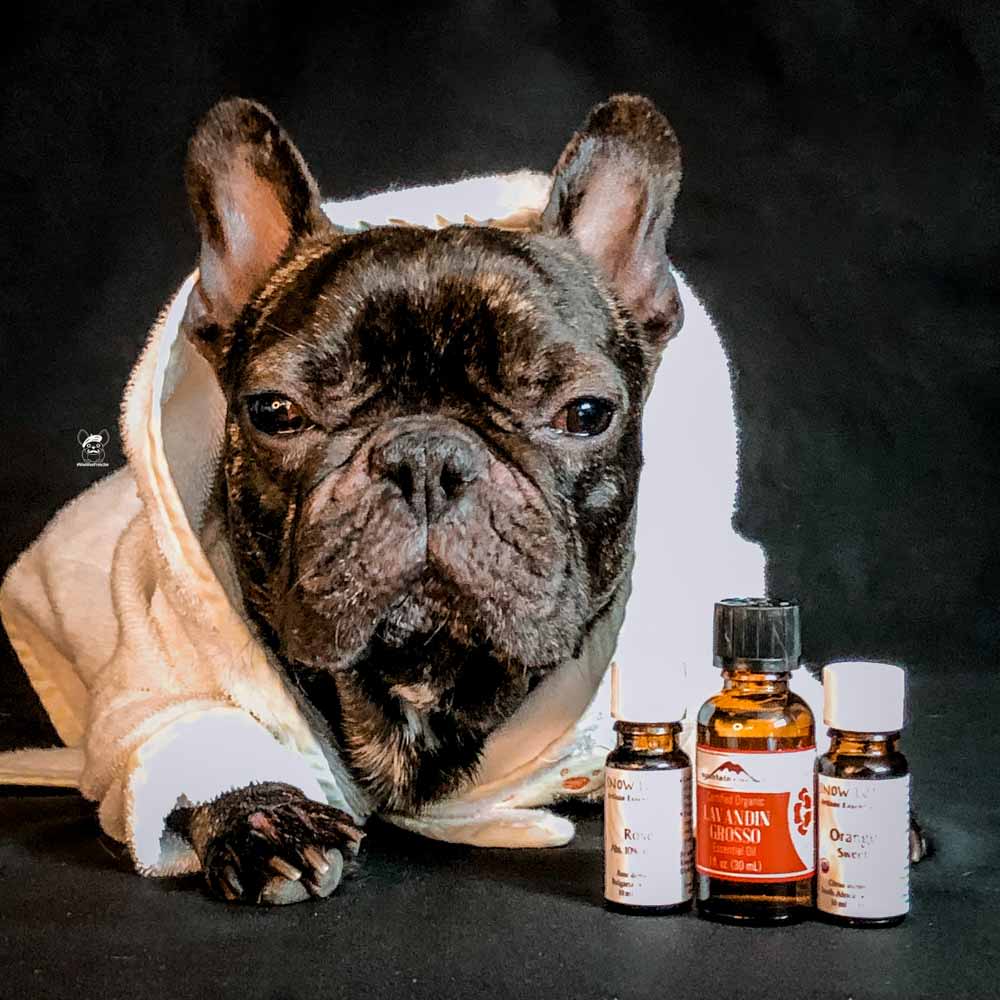
What are essential oils
Essential oils are concentrated plant extracts. The aroma is more potent than the plants they’re derived from. And the high amount of active ingredients creates nature’s healing therapy.
The quality of essential oils is determined by the type of extraction used:
- Steam Distillation uses hot steam to extract the essential compounds from the plant matter.
- Cold Pressing uses a mechanical press to squeeze essential oils from the plants.
Uses of essential oils
The active compounds in essential oils can be used for aromatherapy or naturopathy.
Essentials oils are absorbed into the bloodstream through:
- Inhalation
- Application to skin
- Ingestion
Once the essential oil gets into the bloodstream, it can travel to different tissues in the body. Different compounds within the oil can have a stronger affinity for certain tissues. This helps to create the “desired” effect.
Dogs have over 300 olfactory receptors in their nose. That means it only takes a small amount of essential oils to get a desired effect.
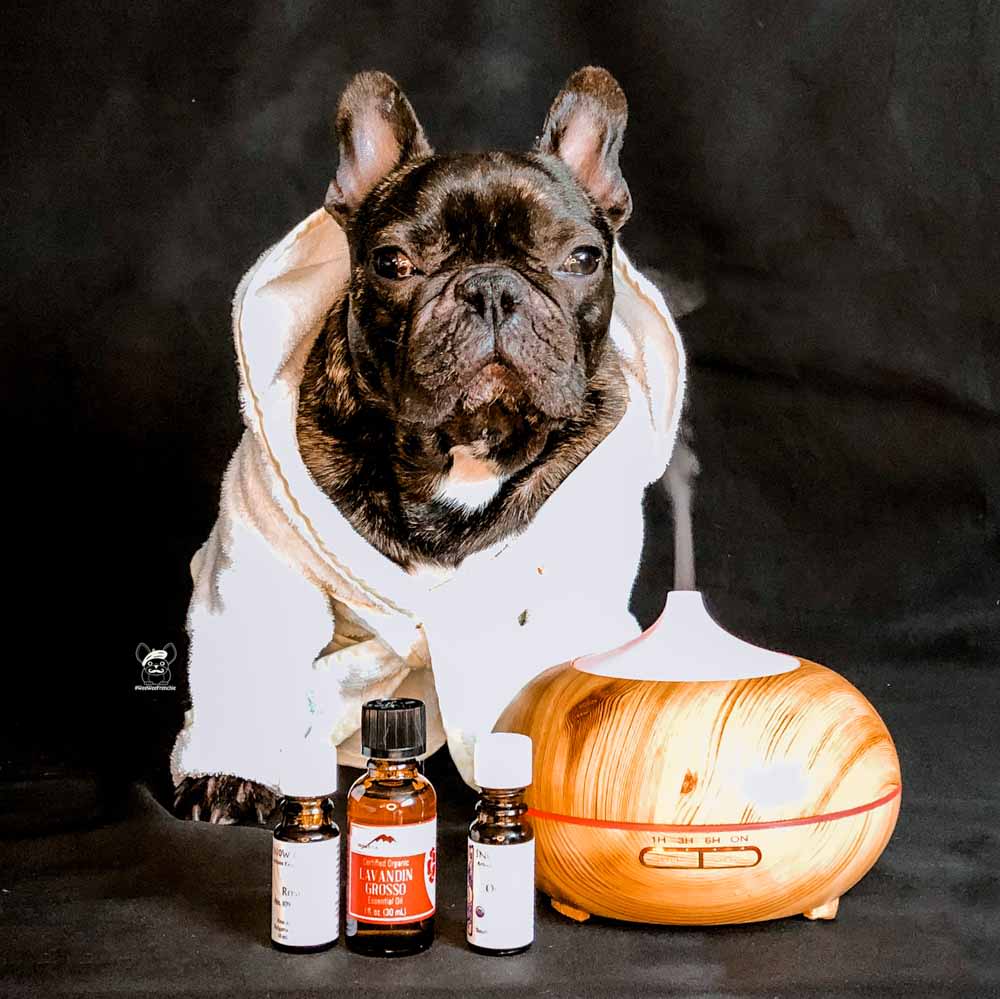
Not all essential oils are created equal.
Like many supplements on the market, essential oils are not federally regulated. This means the “active ingredient” could be altered despite what it says on the package label. And bad manufacturing practices could produce harmful byproducts like contaminants.
It’s important to research the manufacturing practices from any company you buy from. It doesn’t pay to skimp on quality, which could have detrimental effects for your dog.
Buying a quality essential oil means it will be more expensive. But a high-quality product will produce a better desired effect. Dogs only need a small amount of essential oil, so buy smaller quantities to save money.
Not all essential oils are safe for pets. Some oils can cause respiratory issues, skin reactions, and liver failure. If you're new to using essential oils, it's best to consult a holistic vet to help you choose the best oils to use for your dog.
How to use oils
Dogs metabolize oils differently than humans. And caution needs to be used when using essential oils for dogs.
Due to their potency, essential oils should be diluted in a carrier oil before applying to your dog's skin. Use 3-6 drops of essential oil per 1 ounce of carrier oil. Carrier oils include almond oil, apricot kernel oil, or coconut oil.
Diluted essential oils are typically applied behind your dog’s ears. Due to the high potency of essential oils, even when diluted, only a small amount needs to be used.
If this is your first time applying essential oils to your dog's skin, apply to a small test spot. This will ensure your dog doesn’t have an adverse reaction before applying to a larger area.
When using essential oils for inhalation, a small diffuser can be used. Add water to the diffuser, as well as 3-6 drops of essential oils.
Essential oils are very potent. Don’t give essential oils to your pet orally without consulting a veterinarian.
Safe oils for your dog
- Lavender can be very calming and soothing for your dog.
- Spearmint can regulate metabolism and stimulate the gallbladder
- Sweet Orange can be energizing for your dog. It also helps to neutralize dog odors.
- Rose can reduce anxiety and create a calming environment for your dog.
Essential oils can be useful for preventing unwanted dog behaviors or reducing anxiety. If you're new to using essential oils, it’s best to consult a holistic veterinarian. They can help you determine which oil would be best for your dog’s condition.
Subscribe to our weekly blog by submitting your information in the box below.

